
“Why spend so much for lights when I can get them cheaper without the name brand?”
“This light bar on Amazon has way more lumens and costs half as much – what gives?”
“I can get 100 lights for $10 each on Alibaba you guys are robbing customers with your margins!”
Not All Lumens Are Created Equal – Especially When Others Are Lying
In a multi-part series, we will be breaking down what separates Baja Designs from the imitators, fakes, and clones.
BAJA DESIGNS
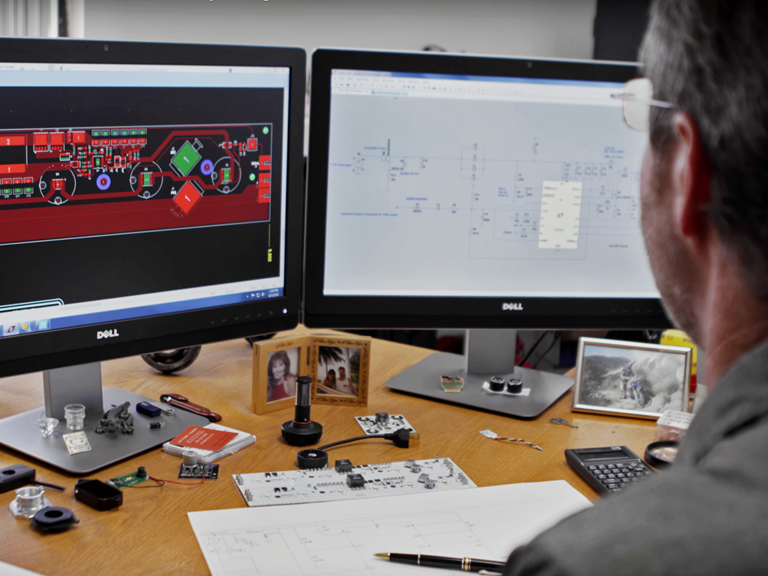

THE IMITATORS
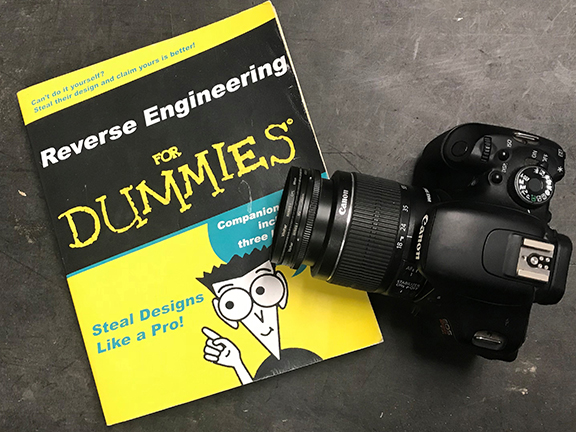

PART 1 – OUTPUT SPECIFICATIONS
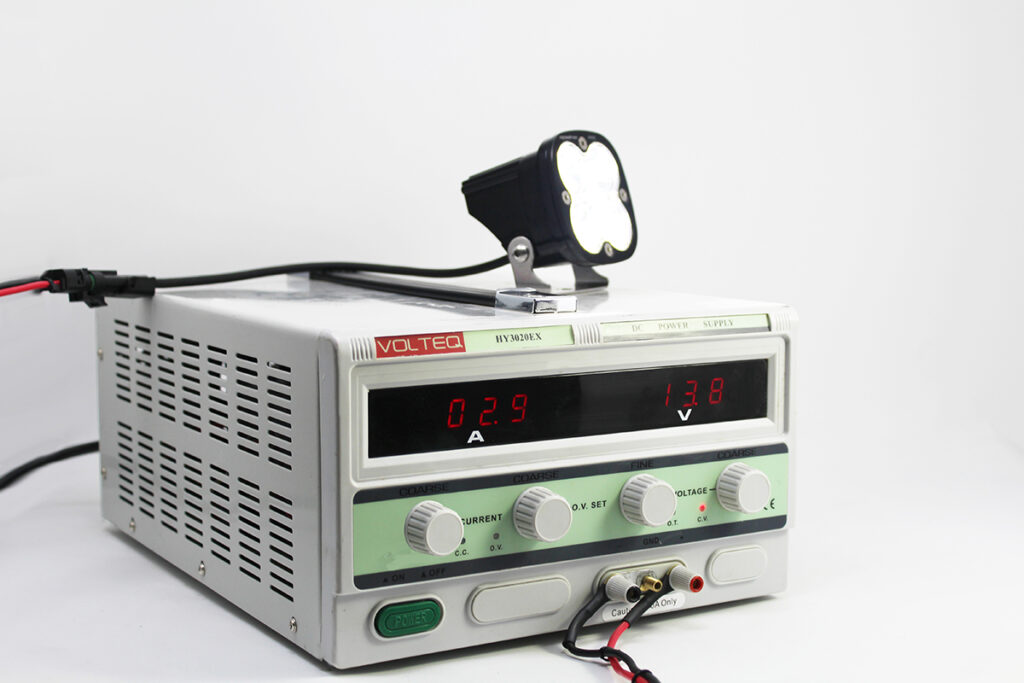
The Specs Don’t Lie
Claimed / Advertised Specifications:
- 40 Watts / 2.90 Amps
- 13.80 Volts
Actual / Tested Specs:
- 40.02 Watts / 2.90 Amps
- 13.80 Volts
We pride ourselves in running our lights at 100%. We perform rigorous testing to ensure that the customer receives exactly what our Racers, Military, and staff use in the field. The specs we claim are 100% accurate. In fact, we are always willing to verify them at our in-house engineering facilities, or the many shows and events at which you may find us .
Our CopperDrive technology allows us to run every LED safely, at 100%. Our engineers spec each component and material to ensure consistent output at levels that take full advantage of emerging LED and Laser technologies.

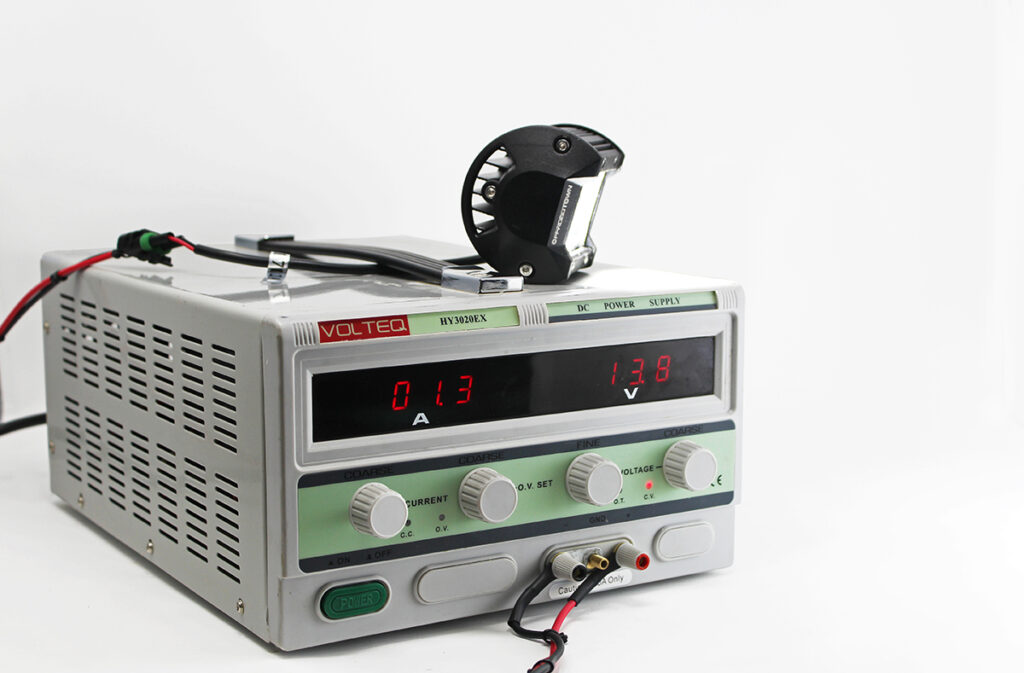
Actually – Sometimes They Do…
Claimed / Advertised Specifications:
- 72 Watts / 5.2 Amps
- 13.80 Volts
Actual / Tested Specs:
- 17.94 Watts / 1.30 Amps
- 13.80 Volts
Unfortunately, not every LED lighting company holds themselves to such standards. In this case, the overseas light has big talk, but the tests don’t show the backing.
In the, you can see that the overseas light is drawing less than 25% of the claimed specs! This is representative of the most overseas lights that we have tested over the years. None live up to the claims, and most fall vastly short of even half of their claimed outputs.


PART 2 – BUILD QUALITY
Housing Seal
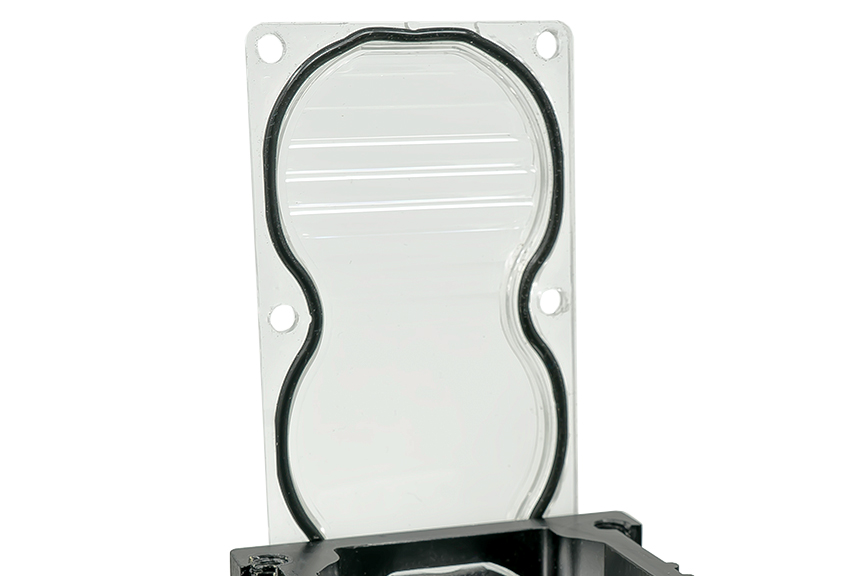
O-Ring Sealed
Serviceable:
Our uService Replaceable Lenses & Optics provide a unique experience. Not only do they provide accident protection, they also allow you full control of your beam pattern. Change the pattern, or replace a damaged lens, without voiding your warranty! Read more about uService here.

Combats Shrinkage and Expansion:
The polymer used in our O-ring allows for variance in compression and temperature. As your lights experience changes in heat and pressure, the components will expand and retract in small increments. We take these variances into account when designing our O-rings, which helps to ensure a strong and consistent seal, even under the harshest of conditions. All of our lights are MIL-810G, IK10, and IP69K certified.
Silicone Glue Sealed
Permanent:
When dealing with silicone glue, there is no turning back. If your lens becomes damaged, you are stuck purchasing an entirely new light. If your windshield cracks, you wouldn’t throw away or sell the vehicle, would you? You shouldn’t have to do that with your lights either. Don’t get stuck buying a new light if you simply want to change the pattern or repair any damage that may occur on the trail or race course.
Prone to Dry Rot and Leaks:
Not only is silicone glue more susceptible to dry rot, shrinkage and cracking, but as silicone dries, it becomes static, losing its ability to rebound. When your light faces changes in pressure or temperature, the silicone seal will remain in the same form. This can often times lead to an improper seal around the lens.
Even when correct amounts are applied, silicone glue is more prone to imperfections than a pre-formed O-ring. Very commonly, air bubbles will form within the glue, creating an easy pathway for moisture.


LIGHT EMITTING DIODE (LED)
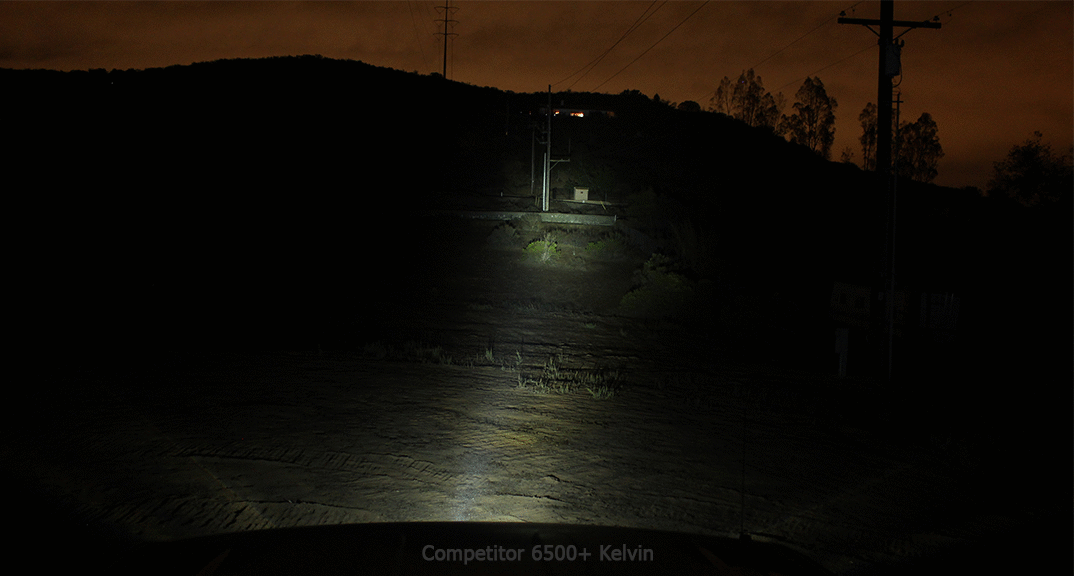
Top Bin LED
5000 Kelvin:
The human eye operates best at an optimum color temperature of 5000k. This color temperature mimics the sun on a clear afternoon. Using LED lights in this color range grants you better ability to recognize variations in terrain. This improves the perceived distance and performance of your lights, meaning less overall light is required.

Genuine Cree LEDs:
Our use of LEDs from reputable manufacturers translates to improved performance and reliability. The consistent nature of components sourced from reputable companies ensures proper fitment, electrical function, and confidence in your lights.
Generic LED
6000+ Kelvin:
The vast majority of our competition uses LEDs in the 6000+ Kelvin range. Temperatures in this range appear slightly blue, rather than white. This color temperature is detrimental to your eye’s ability to recognize terrain. Blue light is the most difficult color for the eye to react to. It will actually fatigue your eyes as they constantly work to adjust to terrain variations. Blue light will often seem brighter, though the reality is that the color is just more harsh on the eyes.
Knockoff LEDs:
While certainly not every other offroad lighting manufacturer uses counterfeit LEDs, many do. These knockoffs will mimic the claimed specs of genuine LEDs from reputable companies. These LEDs tend to be built with little quality control and inferior materials – which leads to inconsistent reliability and performance.


REFLECTOR
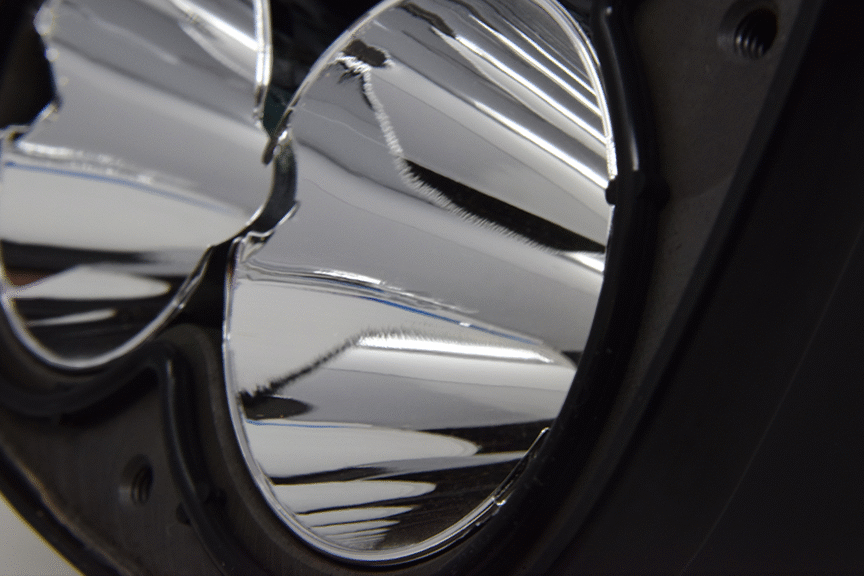
In-House Design:
All Baja Designs reflectors are designed in-house by our engineering team. A challenging process that typically takes over a year from design to production. Before production, each design is vetted through 3D scanning, computer simulations, and extensive testing in the field.
Proprietary Coating:
Our reflectors are all produced using a proprietary coating sequence that differ from typical coating/vacuum metalizing processes. This process results in higher reflectivity than traditional coating methods.
High Standards of Quality Control:
Although we use top-tier suppliers that coat our reflectors in advanced clean rooms, we still have a very high rejection rate for the components we receive. Every reflector is individually inspected for contaminants and imperfections.
All of these processes result in optics that fall into our standards of ClearView optical technology, ensuring you get all the light, right where you need it.

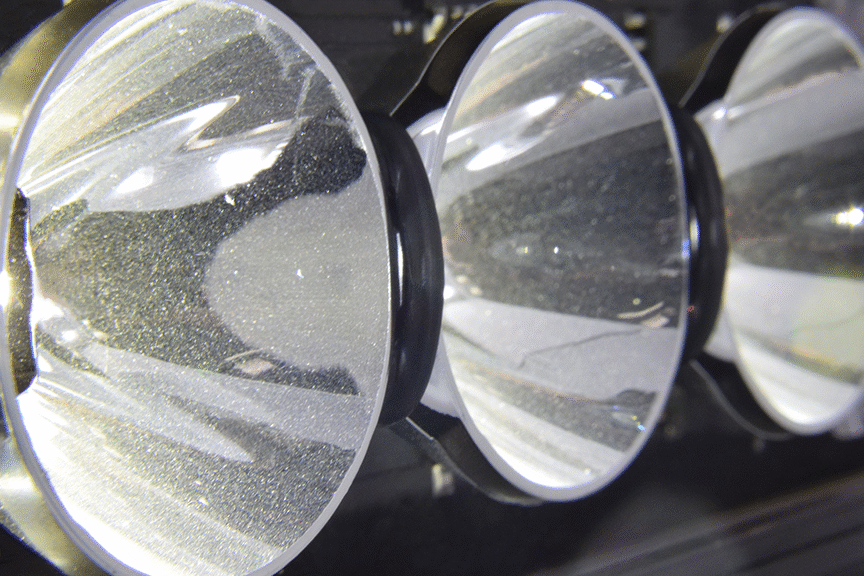
Rapidly Manufactured:
Many of the smaller, competing manufacturers aim for rapid turnover, and will forgo extensive design and testing of their own (or sometimes re-purposed) reflectors. They will often use existing reflector designs from products that typically are not recommended for automotive applications, resulting in patterns that are not optimal for driving or riding.
Standard Coating:
The majority of manufacturers use a standard vacuum metalizing process which adds a step intended to cover defects and blemishes. Though it will often hide pitting and bubbling, it will also cause a hazing effect that diminishes the reflective properties and usable light output. The animated GIF above shows just how drastic this hazing effect can be.
Less Stringent Quality Control:
Pitting, bubbling, and contaminants on the coating are some of the most typical flaws that users will experience with lower quality products. Despite the massive setbacks in performance, other manufacturers often will often build with the flawed reflectors in order to avoid production setbacks. These imperfections and contaminants can be seen right out of the box, even by the average consumer.


Circuit Board Fastening

Thermal Gap Pad
Use of a thermal gap pad ensures proper heat dissipation, with the goal of keeping your LEDs running cooler. The gap pad allows for 100% of the circuit board to be in contact with the housing, allowing heat to be transferred away from the LED and circuit board, and into the housing. Another benefit is the reduction of shock experienced with the gap pad. This reduction decreases the likelihood of screws backing out, or potential vibration damage.
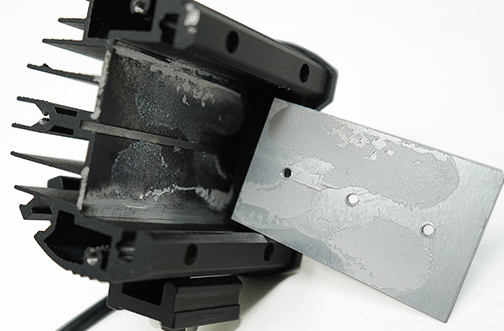
Screwed/Glued Directly to Housing
When securing a circuit board directly to the housing, the biggest risk is the likelihood that the circuit board will begin to warp as temperatures rise. Often times, too few screws are used. The sections near the screw will likely stay in contact with the housing, however, the edges will begin to lose contact as warping occurs. As thermal interface between the housing and circuit board decreases, so does the ability to transfer heat. The circuit board begins to float, retaining all of the heat within itself and the LED. This can very quickly cause a 30-50% efficiency loss.
In addition, with no secondary means to secure the board, and often a lack of use of thread lock, it is common for screws to back out of the board – causing immediate failure.


Power Cord
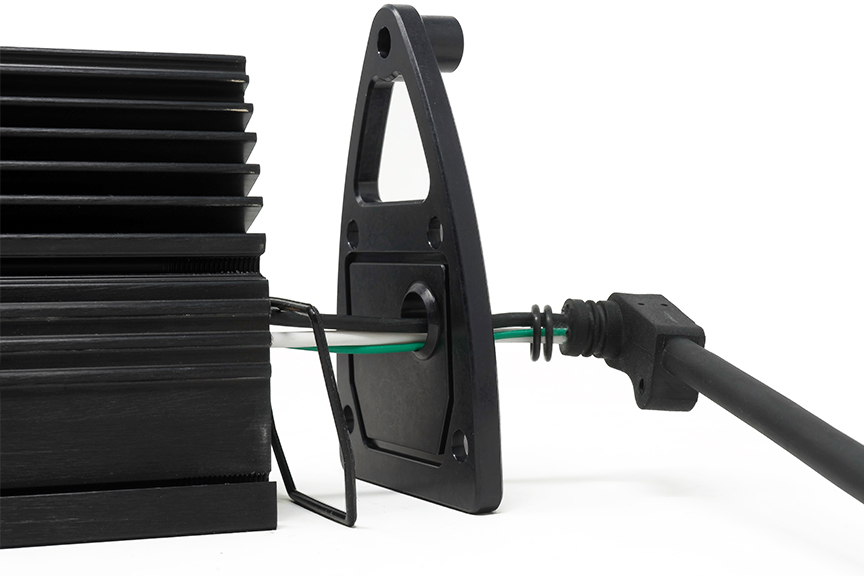
Proprietary MoistureBlock Cord
Prevents Moisture Intake:
This proprietary designs prevents moisture from wicking its way through the cord and into the housings. This technology allows users to remove our standard WeatherPack connector and replace it with the connector of their choosing – without risk of damage or voiding of their warranty.

UL Listed Wire:
Simply put, UL listed wire is regulated and controlled to ensure consistency and reliability. We use UL listed wire to prevent voltage loss, allowing the light to run at higher voltages and lower amperages. The result is a cooler and more efficient wiring harness.
Serviceable:
Along with many other components on Baja Designs products, the power cords are serviceable. If you get carried away and chop off too much cord or have a damaging snag, just send the light back and we will repair it at a nominal cost.
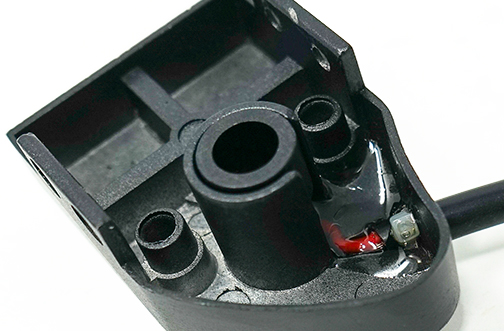
Generic Cord
Prone to Moisture Wicking:
Aside from a faulty lens seal, the most common way that moisture enters a light is through the power cord. As moisture settles around the connector, heat and evaporation allow moisture to creep up the cord, into the housing.
Generic Wire:
Wiring is expensive. An easy way to keep costs down is to use generic wiring designed for less demanding applications. Without regulation, this type of material can leave your wiring at risk for hot spots and voltage loss, which can be dangerous to you lights and vehicle.
Permanent:
Epoxy is about as permanent as things get. It is also the choice of many manufacturers when it comes to securing power cords. Contrary to the serviceable nature of our cords, if you experience damage or failure with one of these cords, you’re looking at buying an entirely new light.
